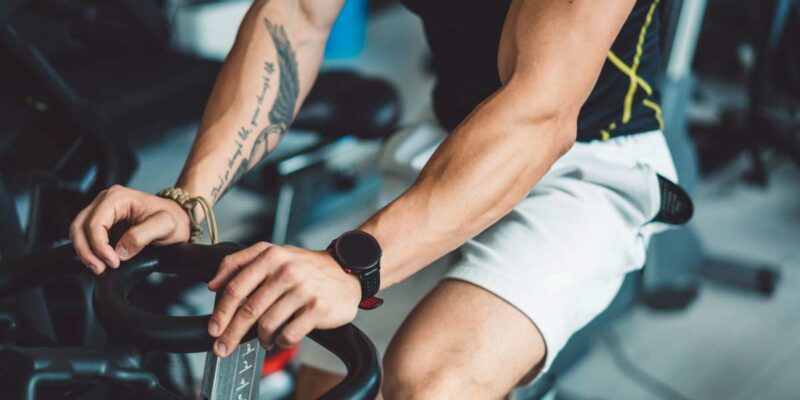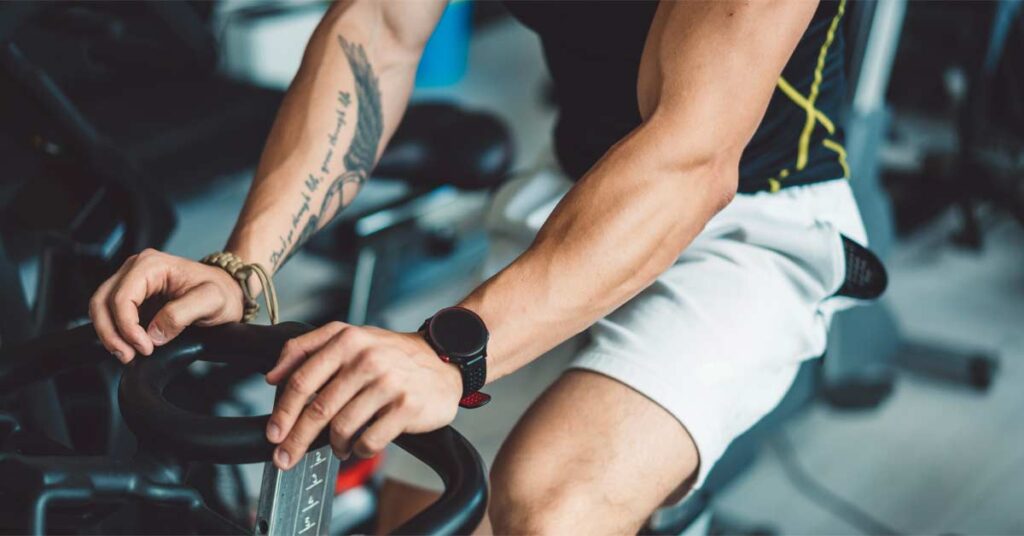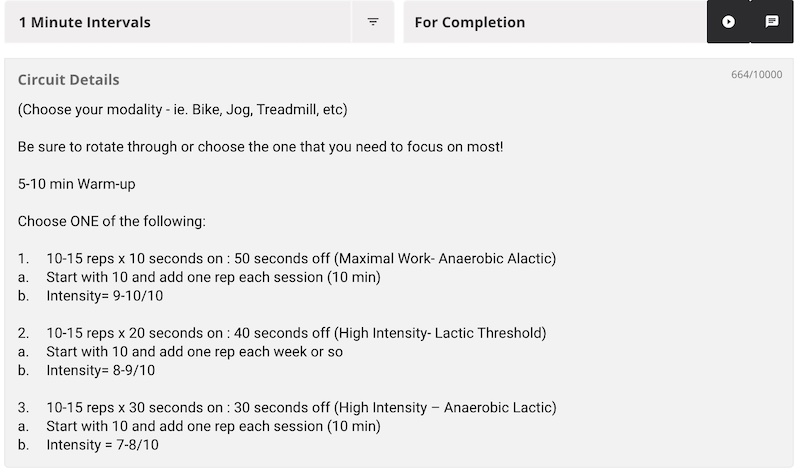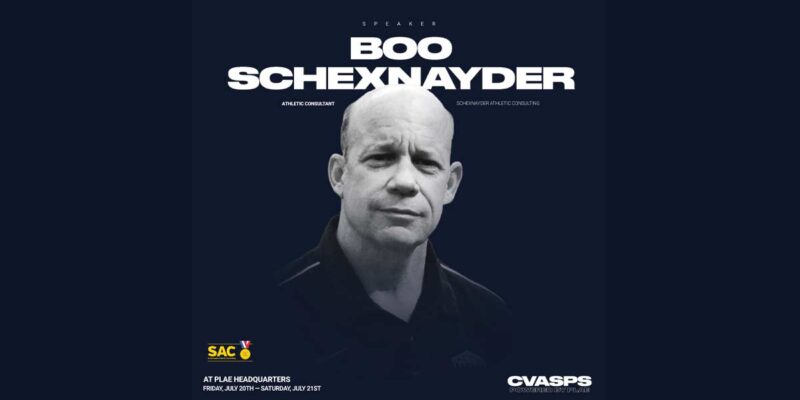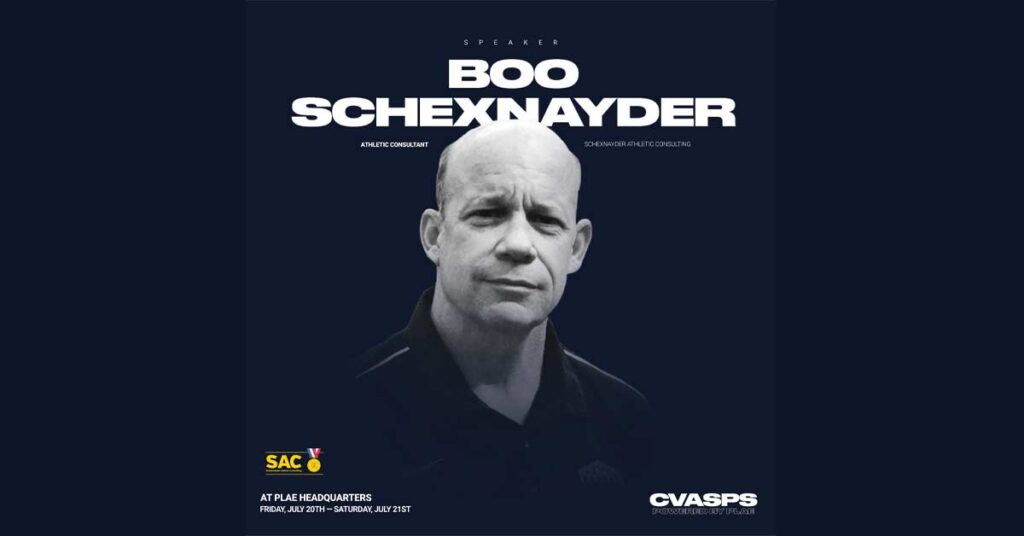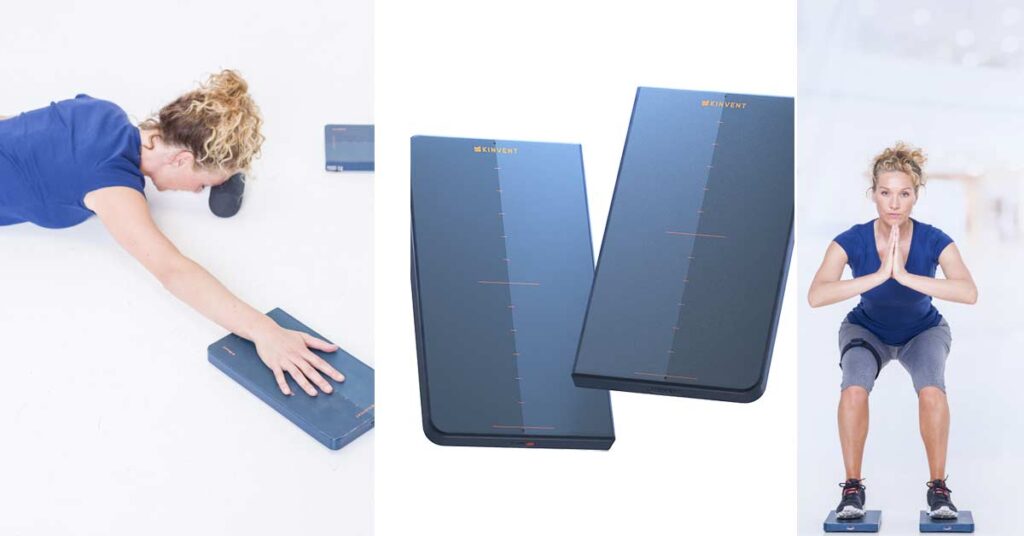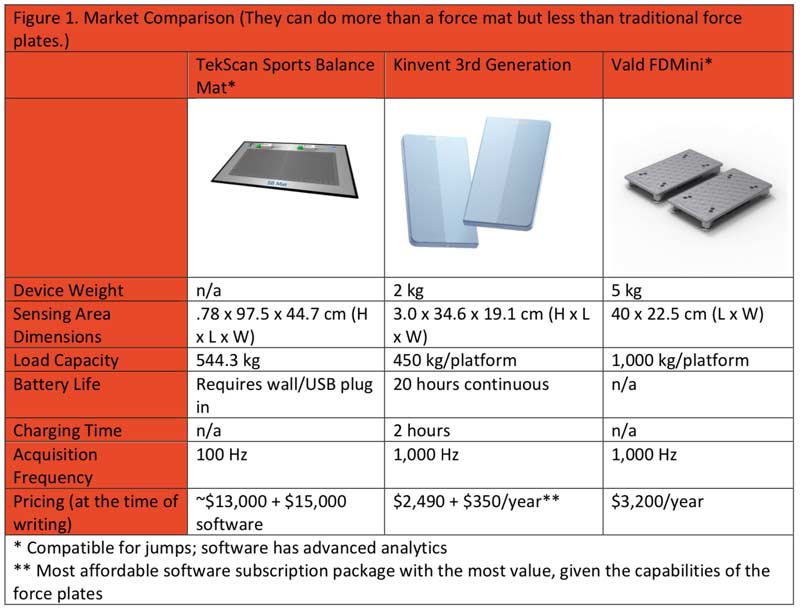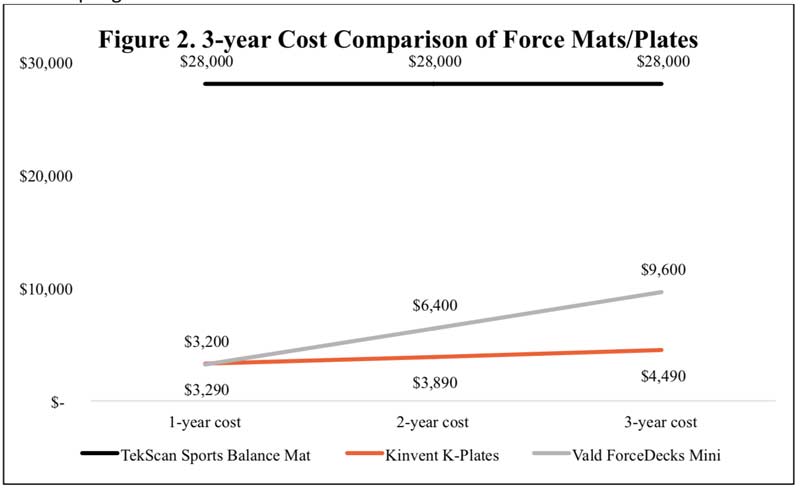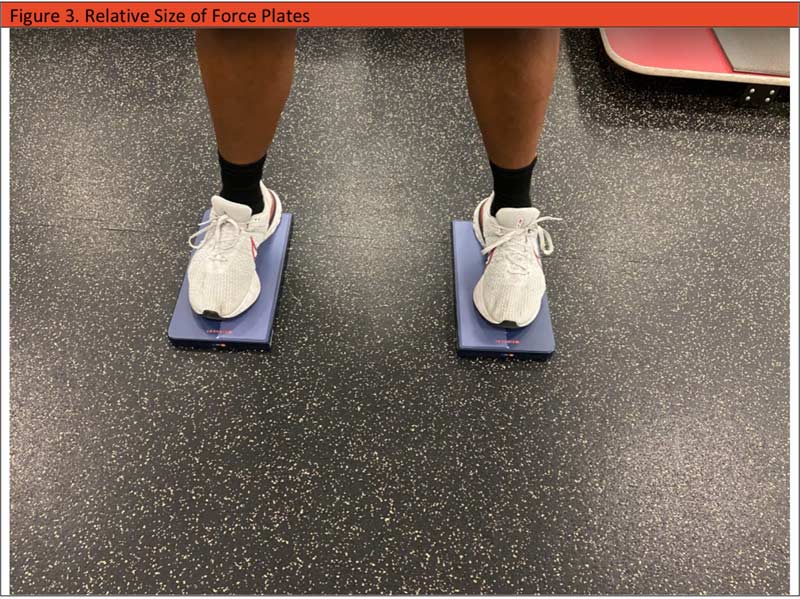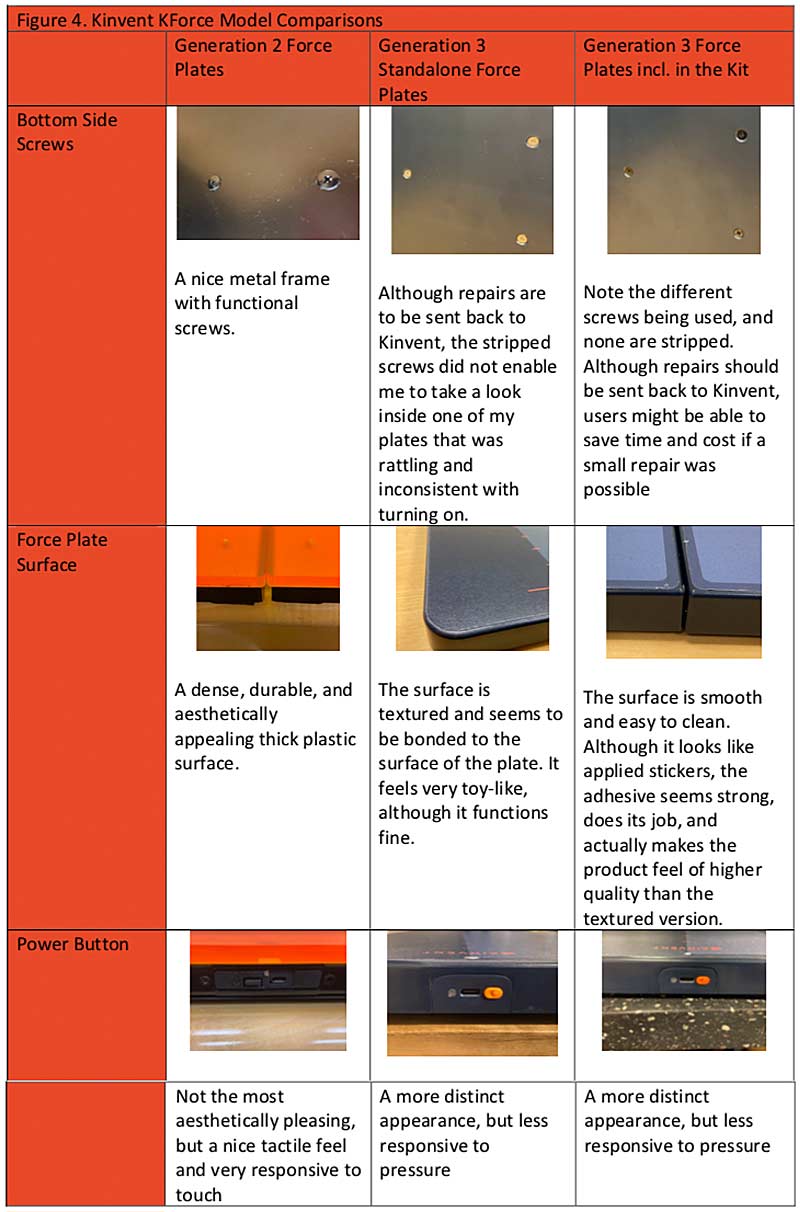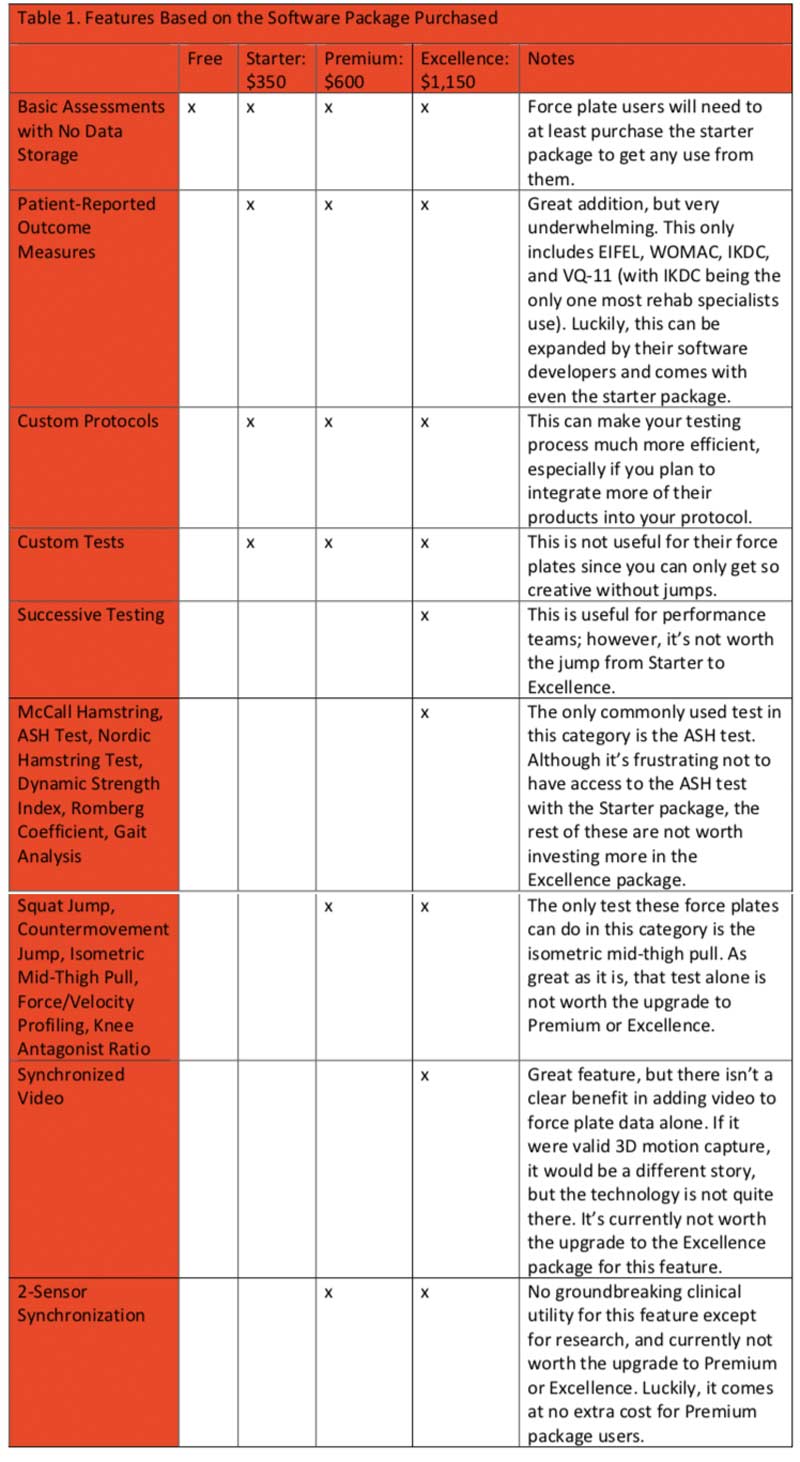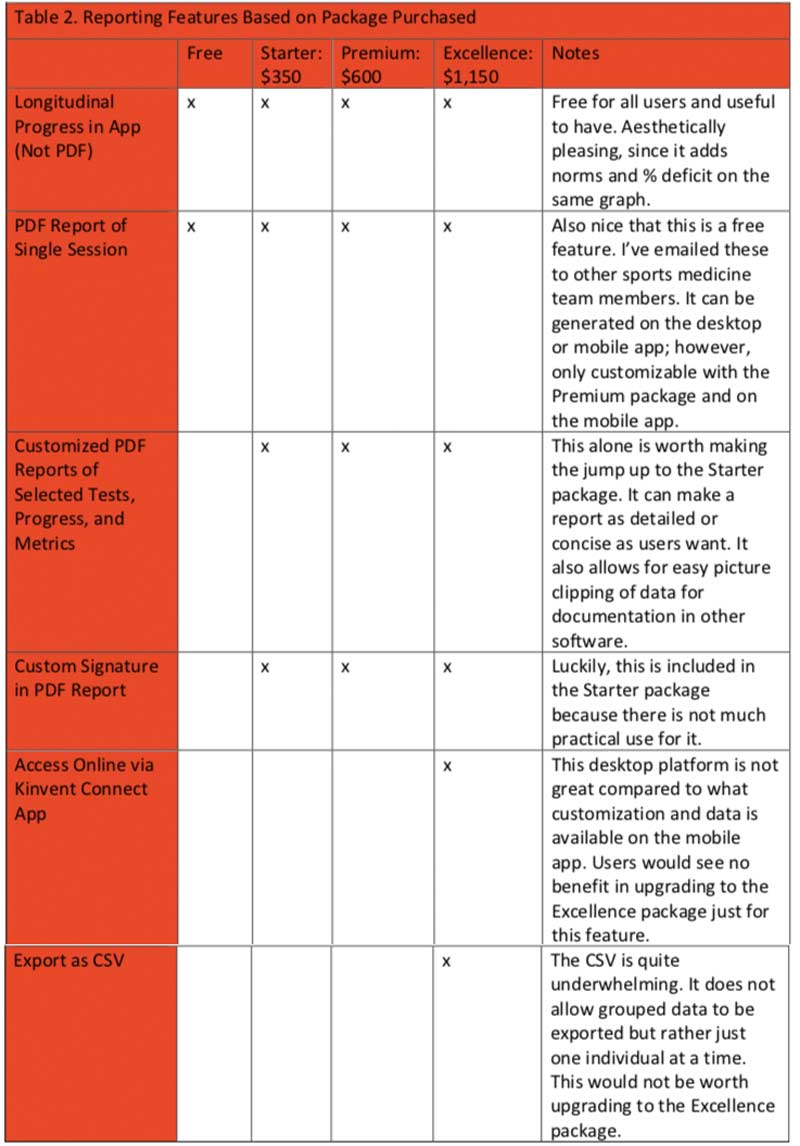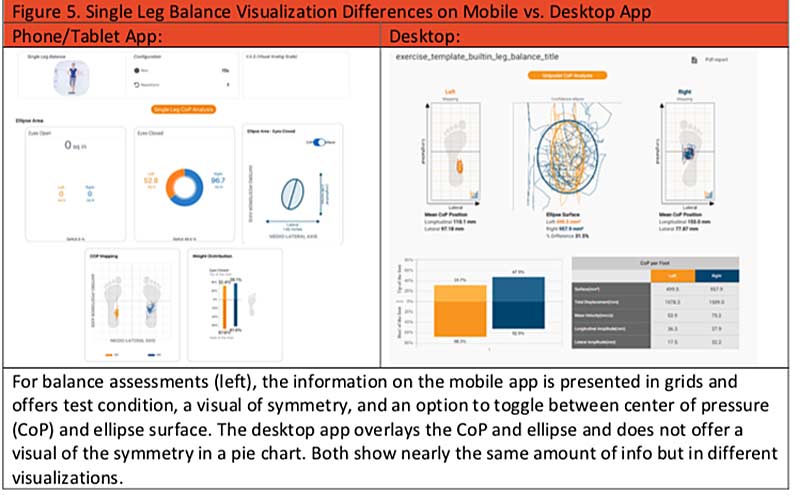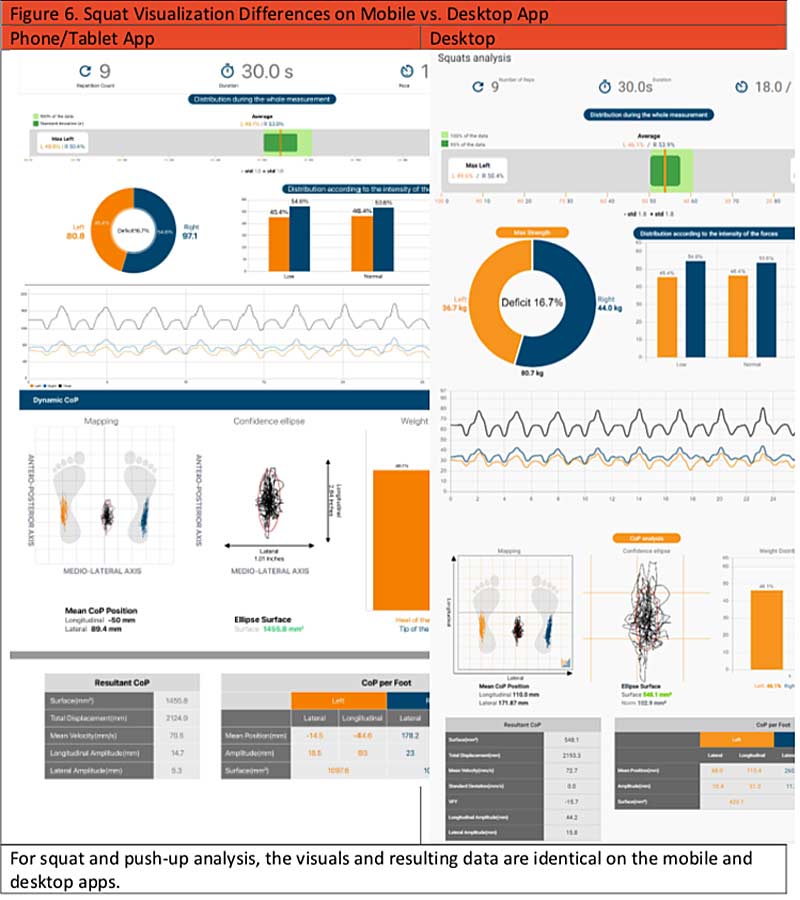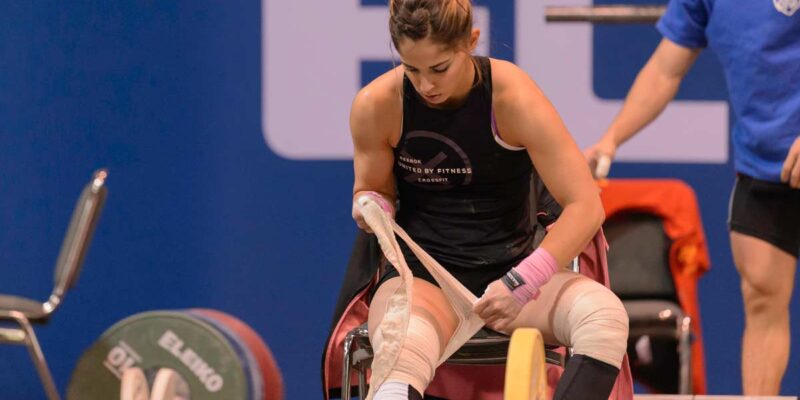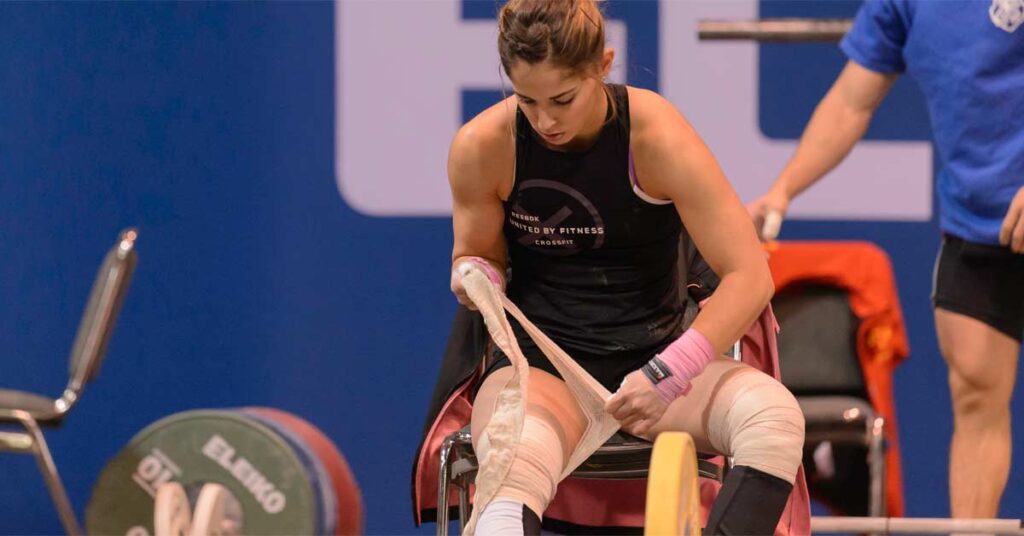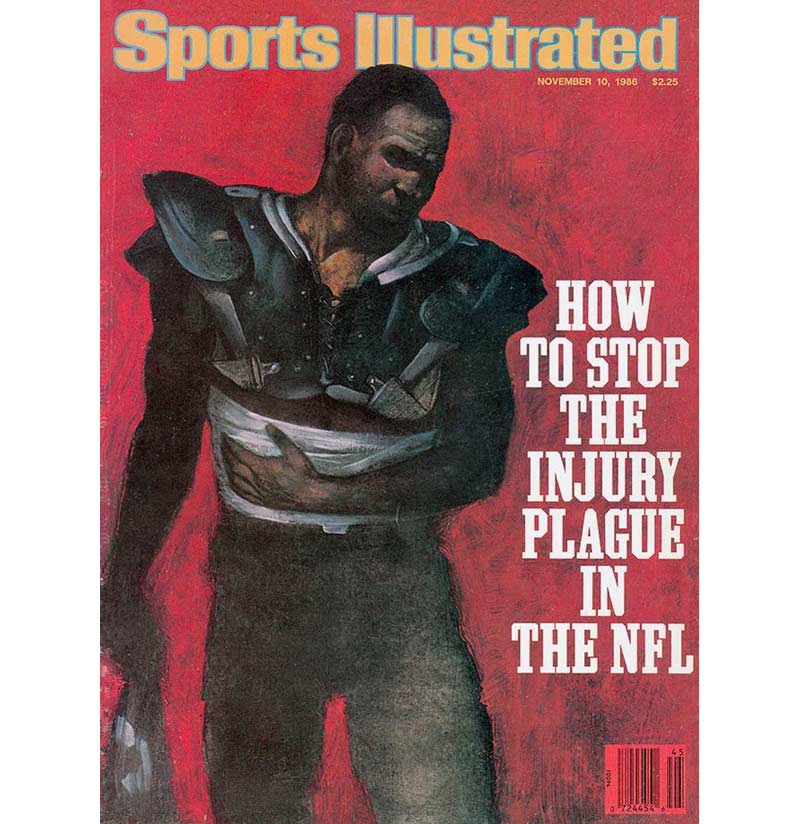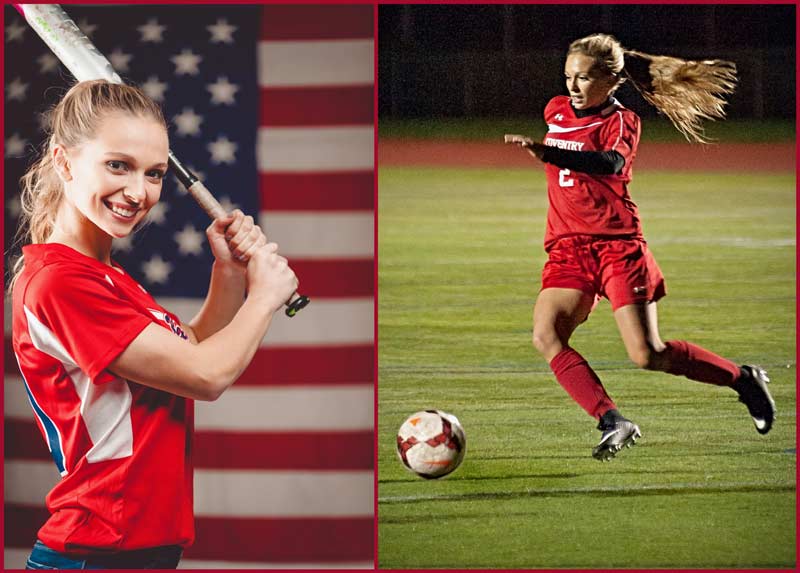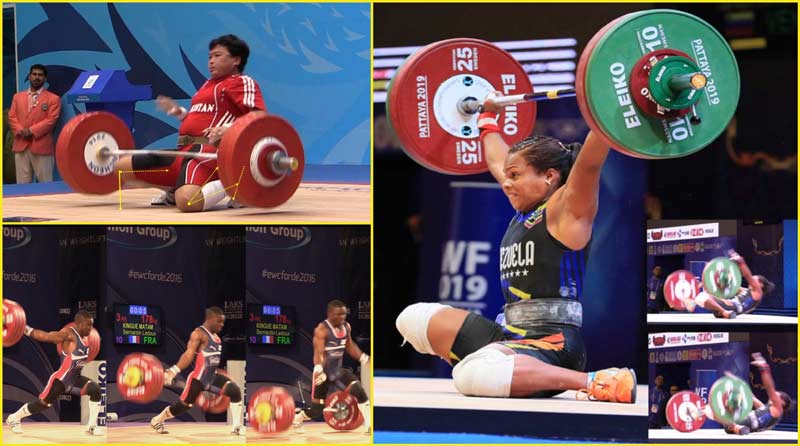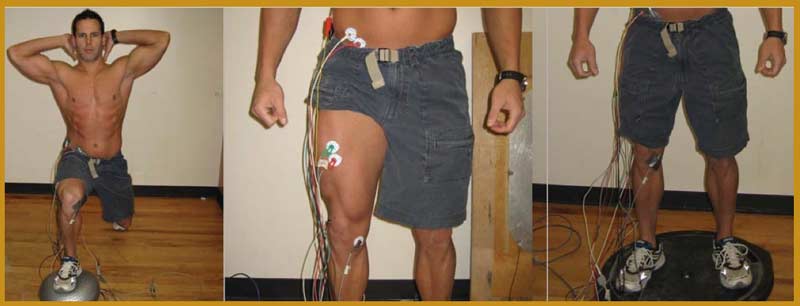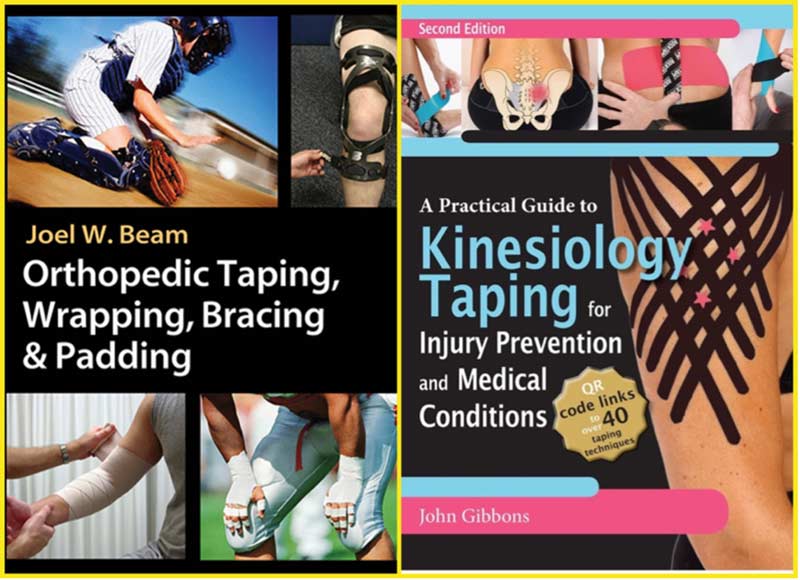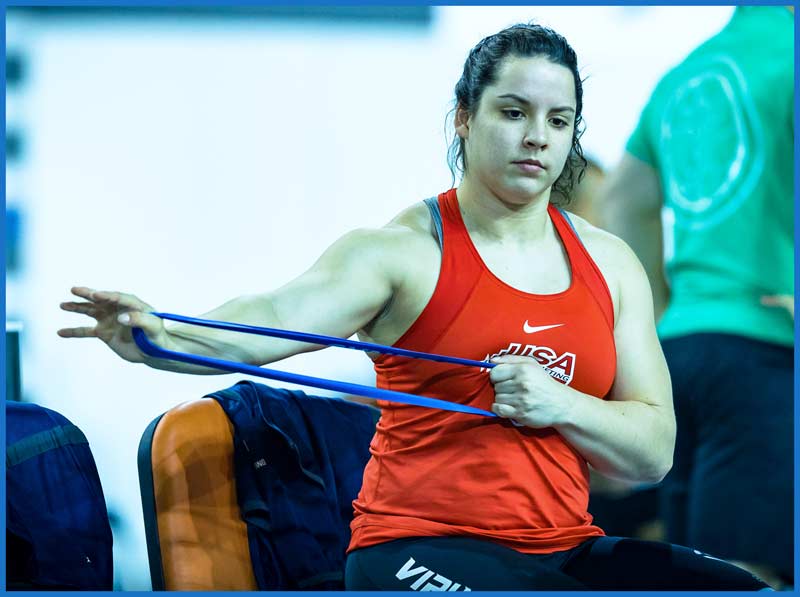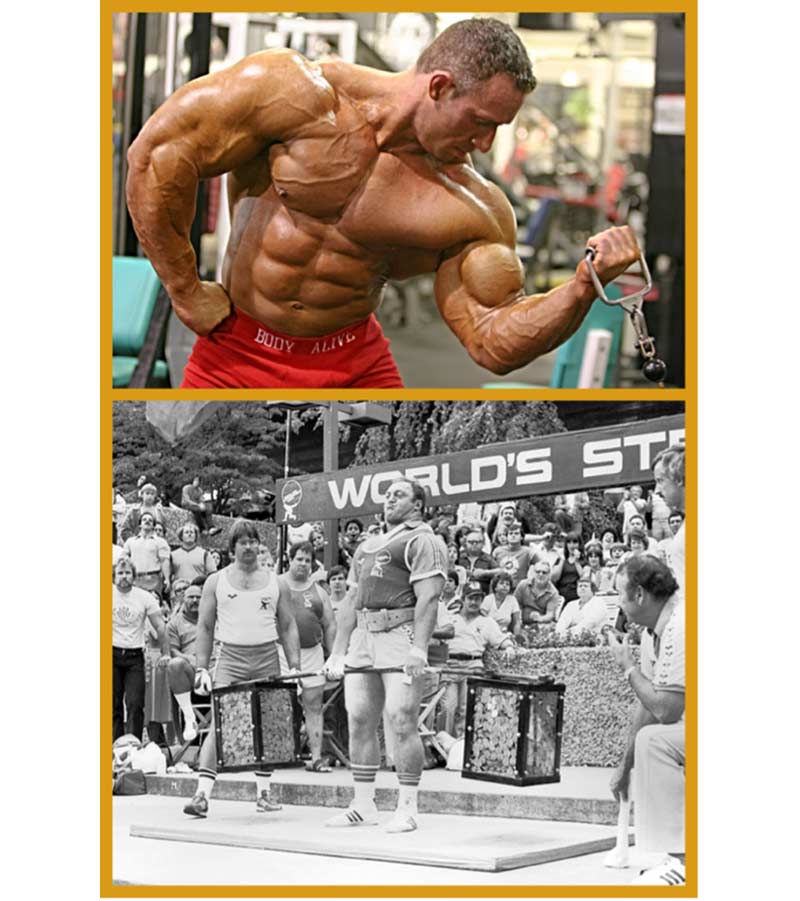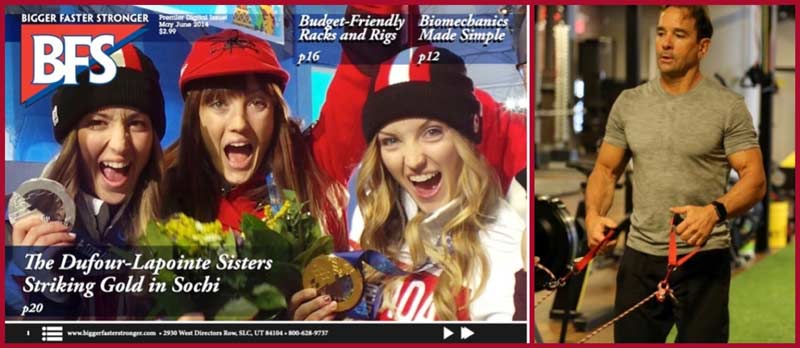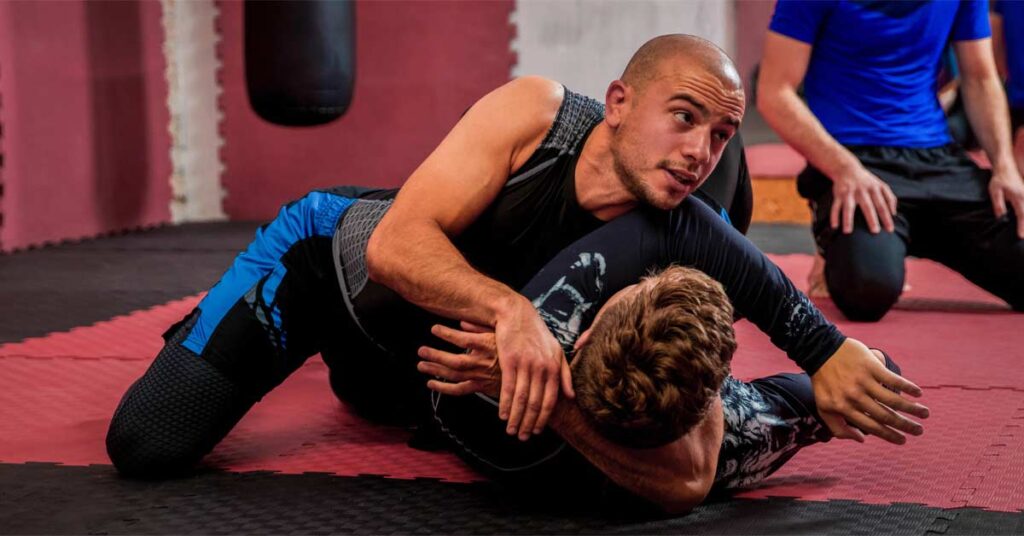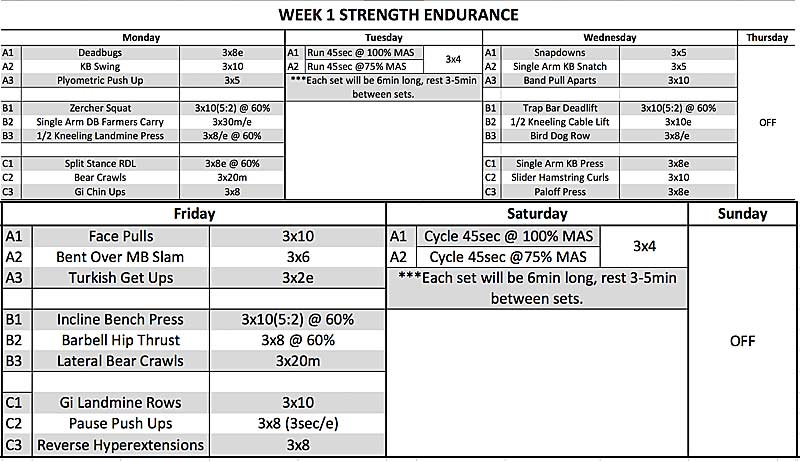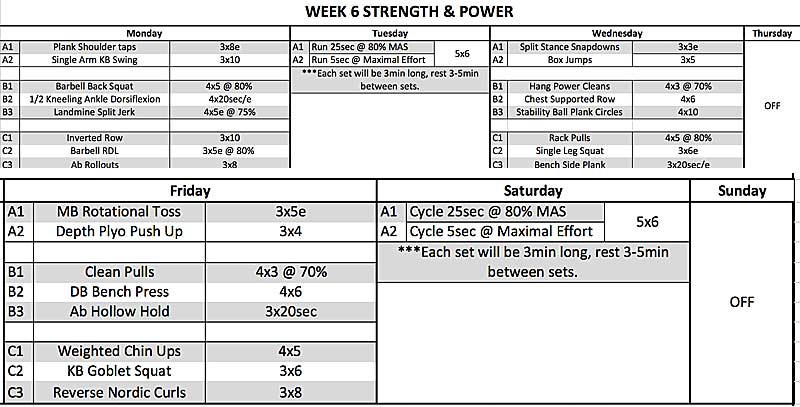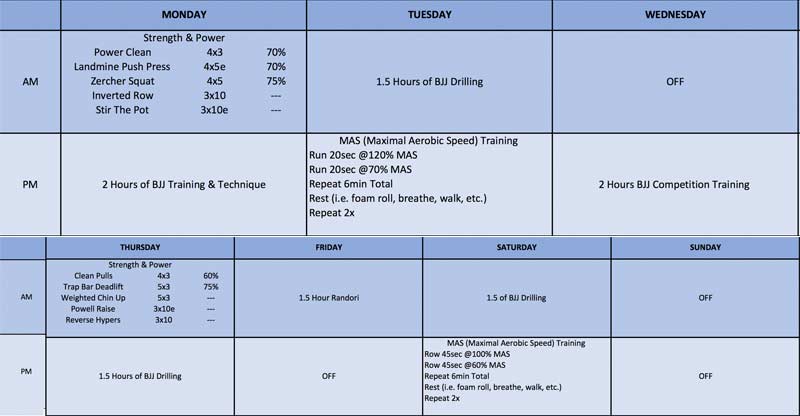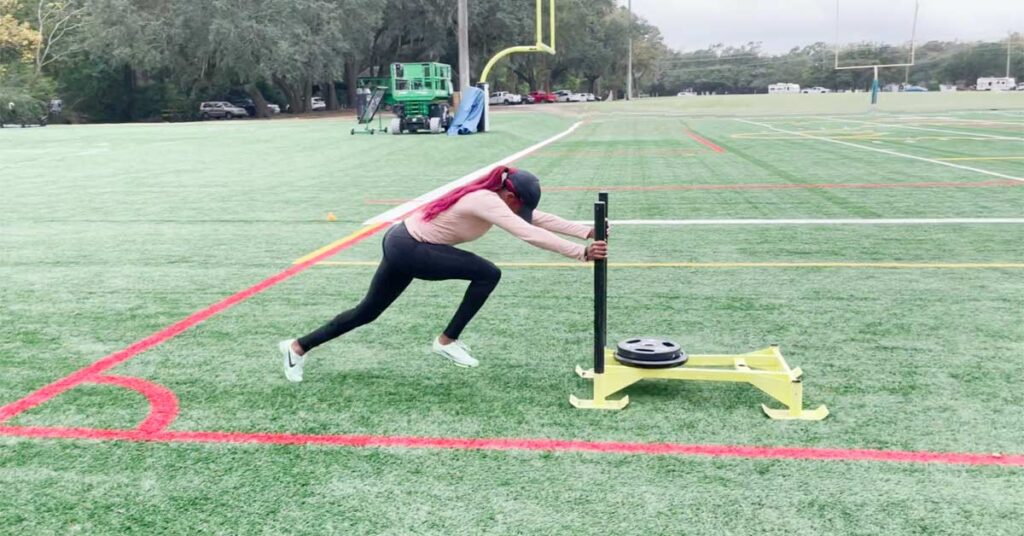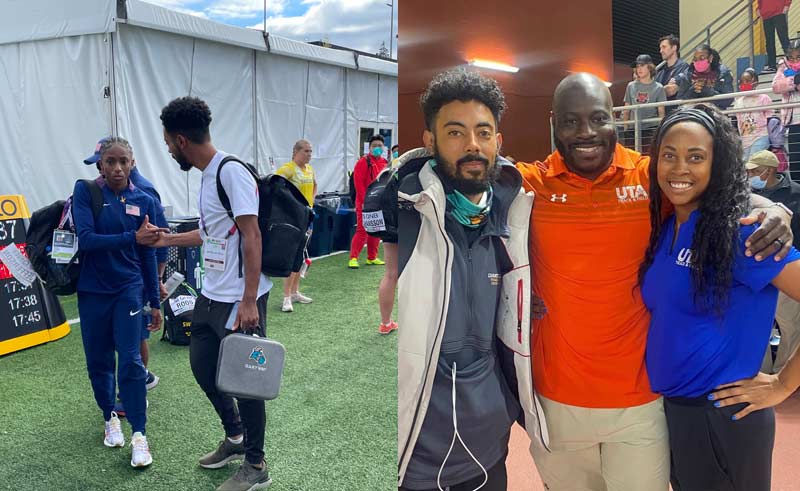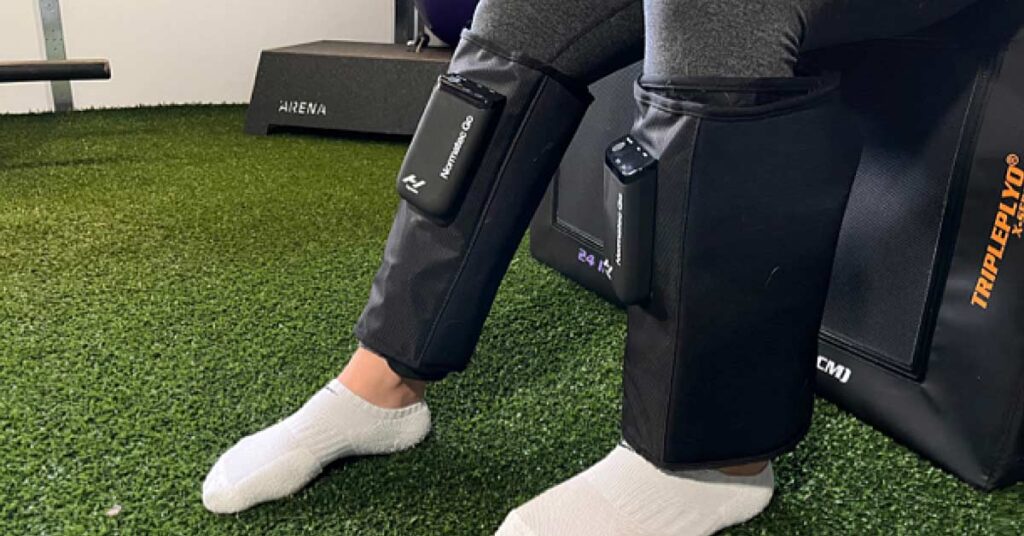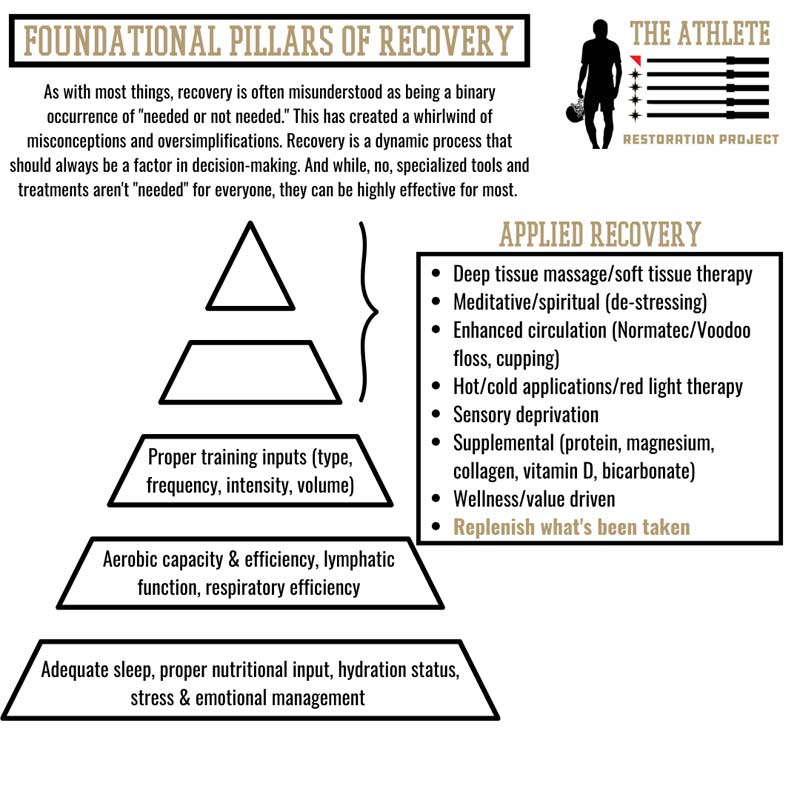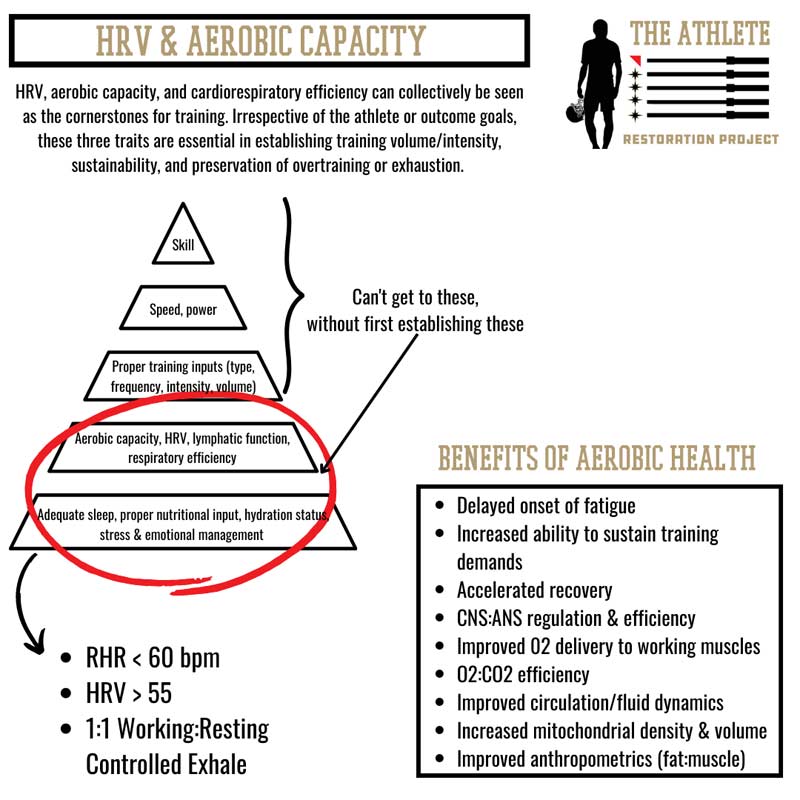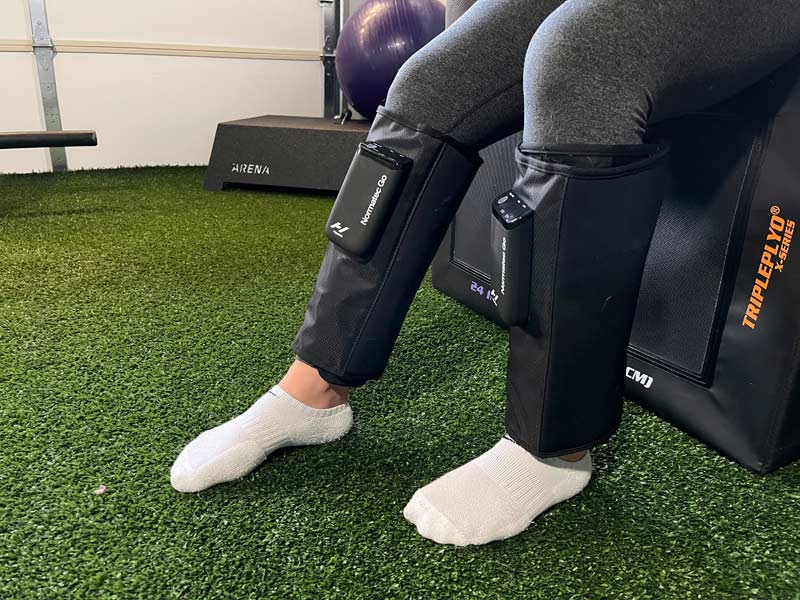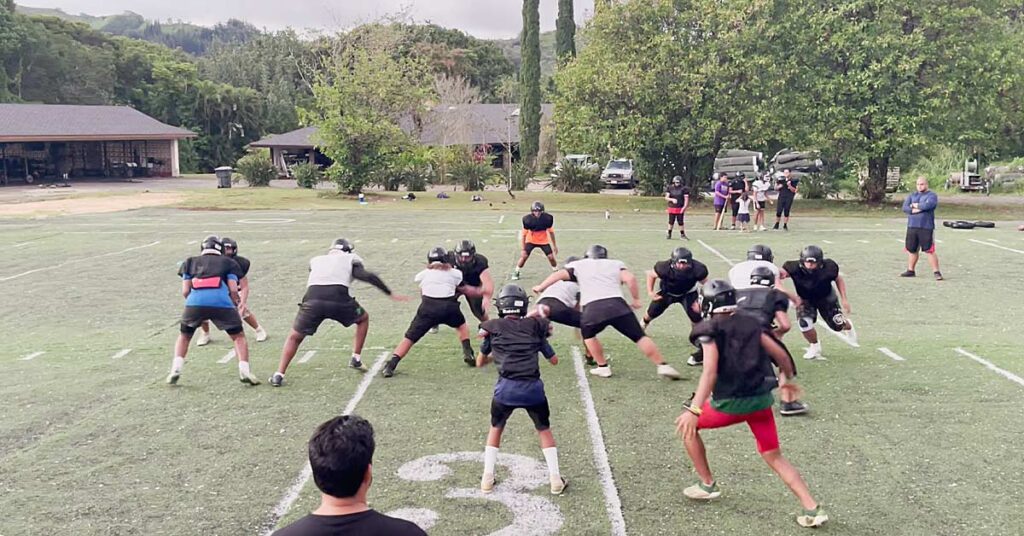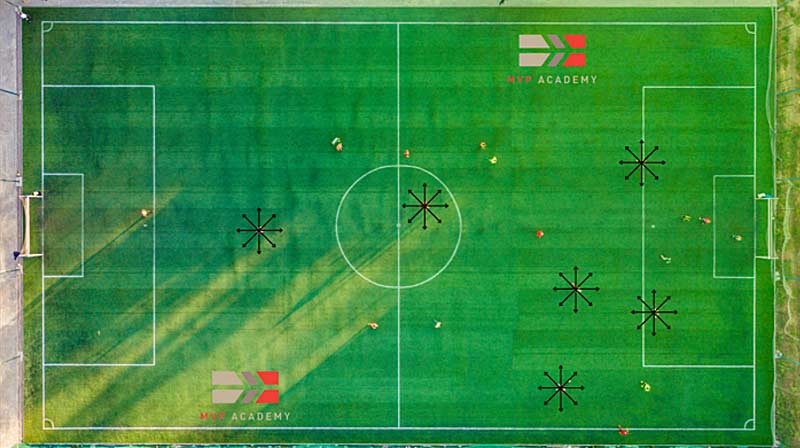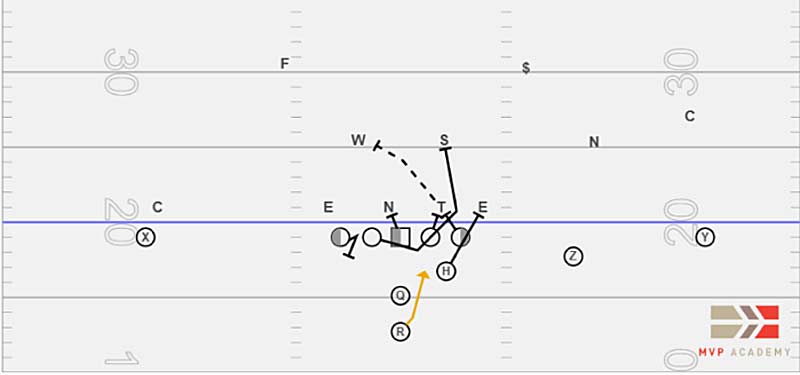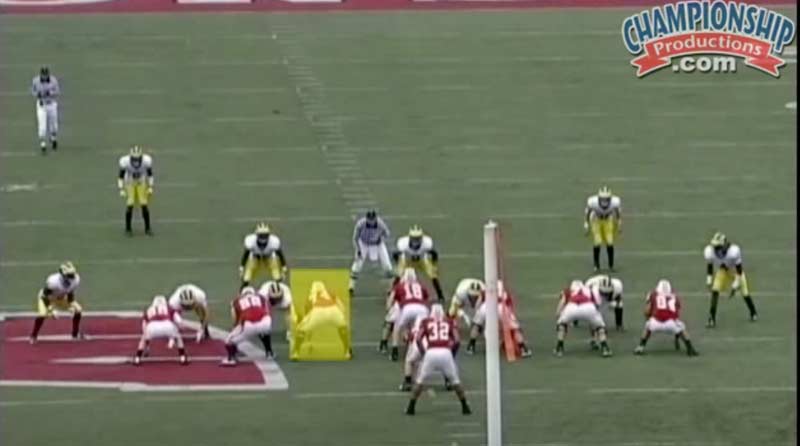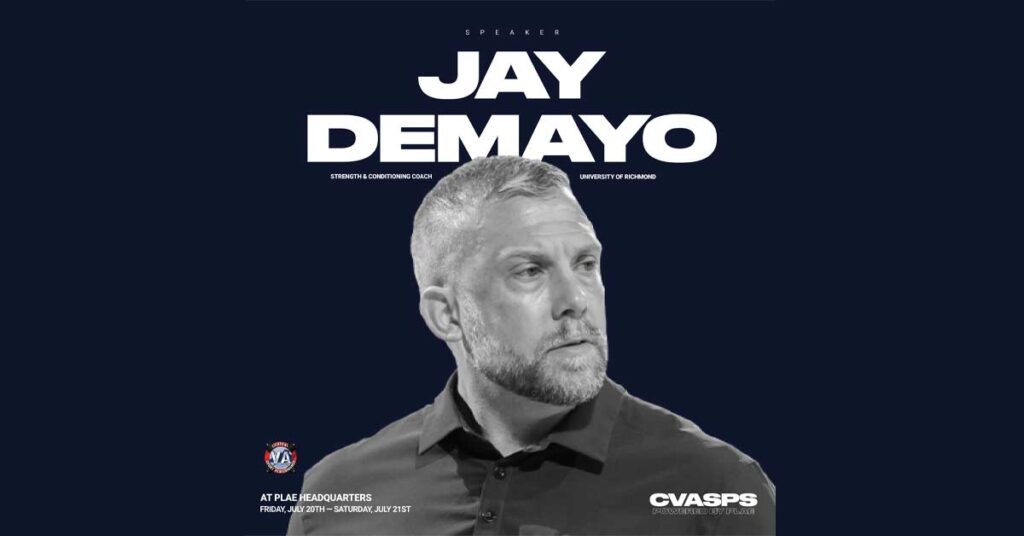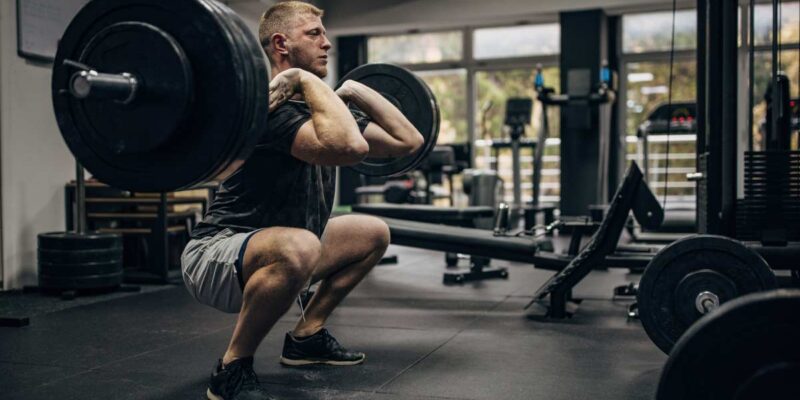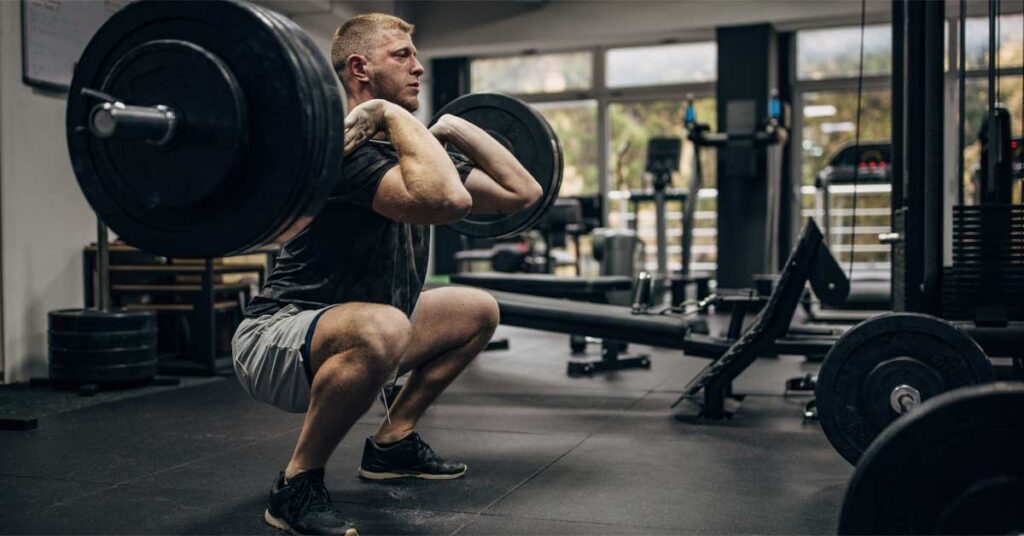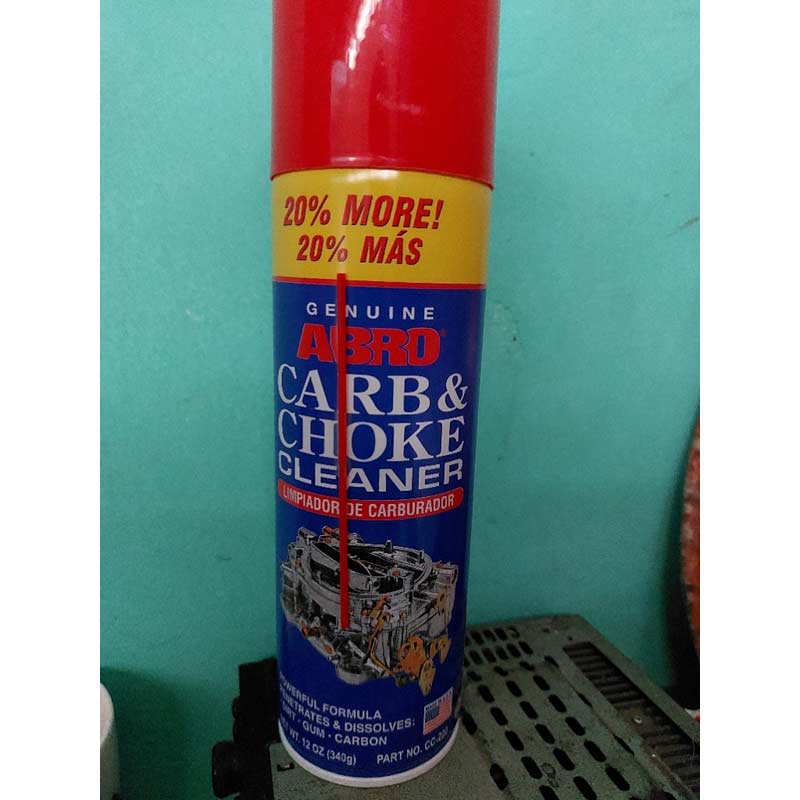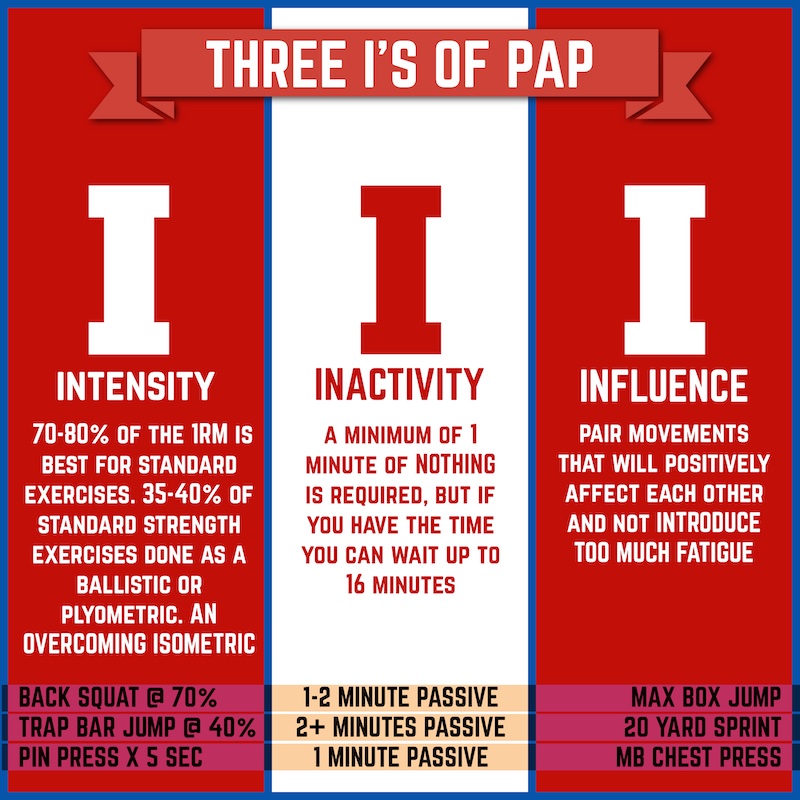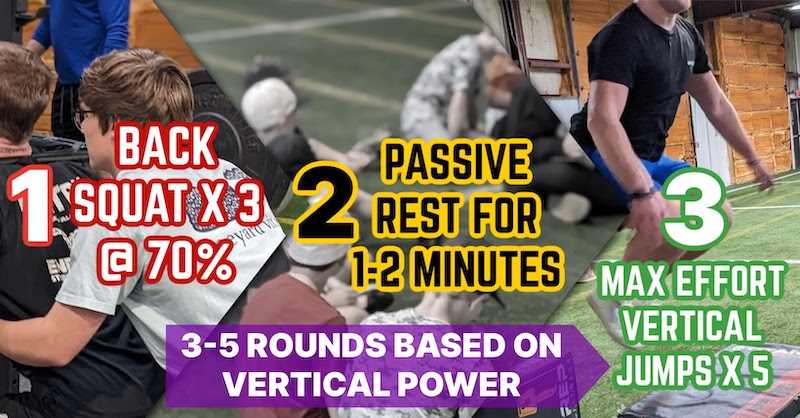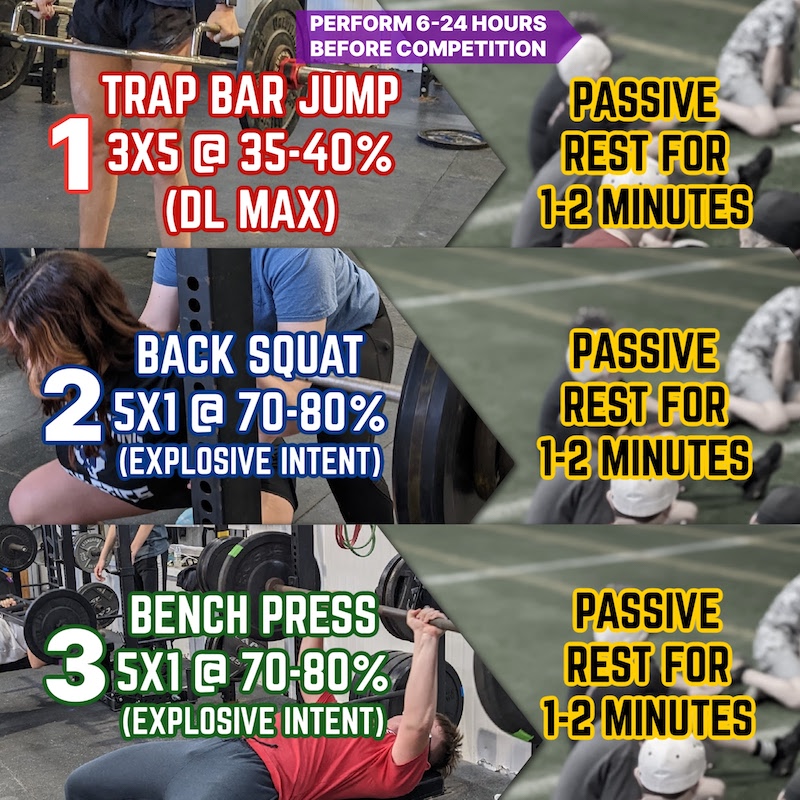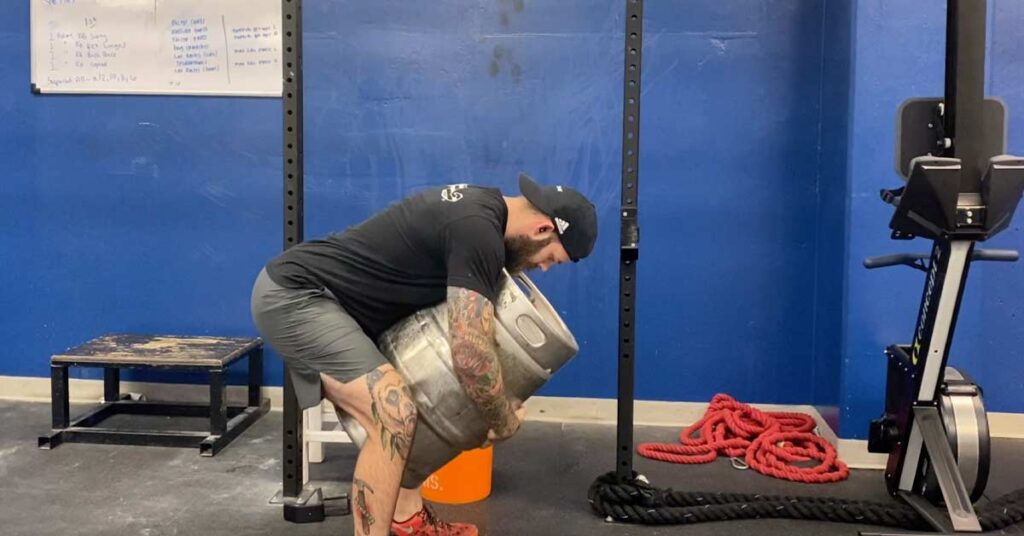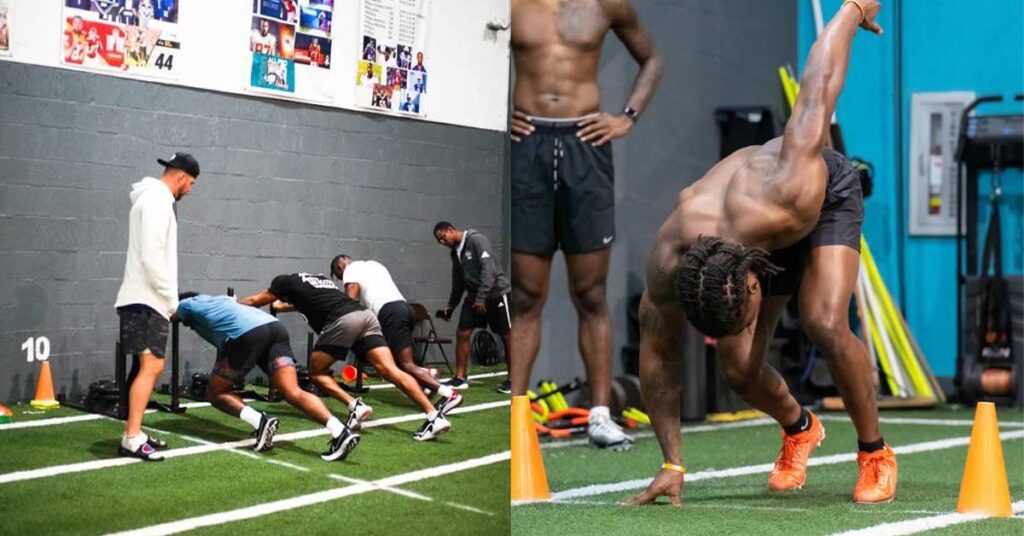
The NFL Combine is an annual event where prospective draftees look to make the jump from college to professional football via the NFL Annual Player Draft. This weeklong experience allows the Draft prospects to showcase their physical and mental abilities to team officials, who use it as the final piece in developing their Draft board. The athletes typically spend the months leading up to this showcase preparing themselves for the very specific testing they will face. The majority of these athletes will select one of many facilities across the nation that specialize in Combine preparation.
For those unfamiliar with Tony Villani and Matt Gates, they operate one of the nation’s most successful NFL Combine training facilities, XPE Sports, in Ft. Lauderdale, Florida. It isn’t the fancy, high-tech facility you may picture when you think of “Combine Prep.” What is XPE? It’s a high-energy, high-performance facility that, year in and year out, produces the best performances the NFL witnesses at its yearly Draft Combine. Unlike many other facilities that work with Draft Prep athletes, XPE does it with a much smaller number of athletes to keep the trainer-athlete ratio low.
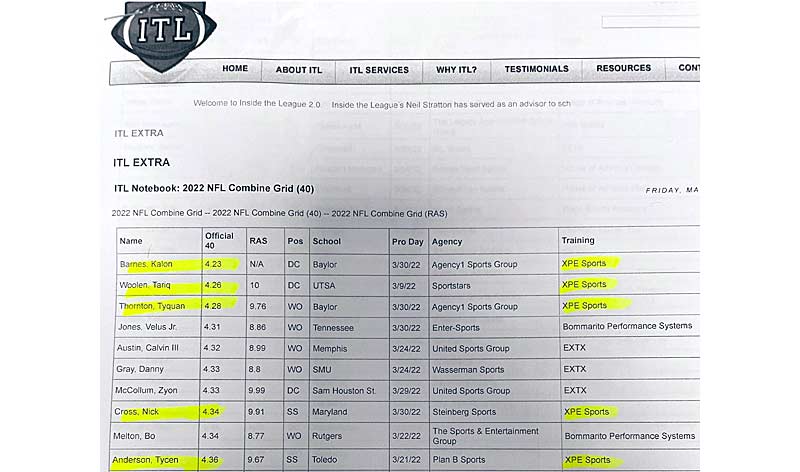
The chart above, taken from a Matt Gates tweet, shows the 40-yard dash event success XPE had in 2022, with only 8% of the total athletes at the Combine being trained at their facility. Needless to say, when you visit XPE during Combine Prep time, you see the world’s best Combine Prep coaches working with some of the best athletes in the world.
I spent two days at XPE during Combine Prep period. To say what I experienced was anything short of amazing would be an understatement, says @MarkHoover71. Share on XI was blessed to be invited to spend two days at XPE in early February during the midst of the Combine Prep period. To say that what I experienced was anything short of amazing would be an understatement. I walked away with a much more in-depth perspective of what happens inside this “speed laboratory.” While I left with many more details, I wanted to outline my top five takeaways from this eye-opening experience.
1. Combine training is not football-specific training; for the most part, it is task specific.
Obviously, there are football-specific drills being done during this time. However, what jumped out at me during my short visit was how those take a back seat to the preparation for the specific tests the athletes will be evaluated on.
One of the first conversations I happened to eavesdrop on gave some insight into this—a position coach (who may have been employed either by XPE or an individual athlete) was pushing for more on-field skill work. This may not seem like an unusual request at face value—within the landscape of a precision work/rest to peak performance schedule of a high-performance facility, though, it is a potential issue. Everything is scheduled and accounted for in the XPE performance model, including:
- Training
- Rest and recovery
- Nutrition
- Physical therapy
Adding more stress to this could potentially impact the detailed and very task-specific preparation plan.
“Our process takes precedence this time of year,” was the response. “They won’t lose their ability to play football in six weeks.”
The reality is that these athletes are not there to be better football players—while football specific-drills have a place during Combine Prep, the sole purpose of this once-in-a-lifetime preparation period is to prepare for the best performance possible in each of the Combine events. I heard Tony tell his athletes, “This will be the most important and most likely last 40 you will ever be timed in.” The scouts and coaches have watched film: they know what each player is capable of on the field. Draft status—and the financial potential that comes with a top-notch performance—are the primary goals during this period.
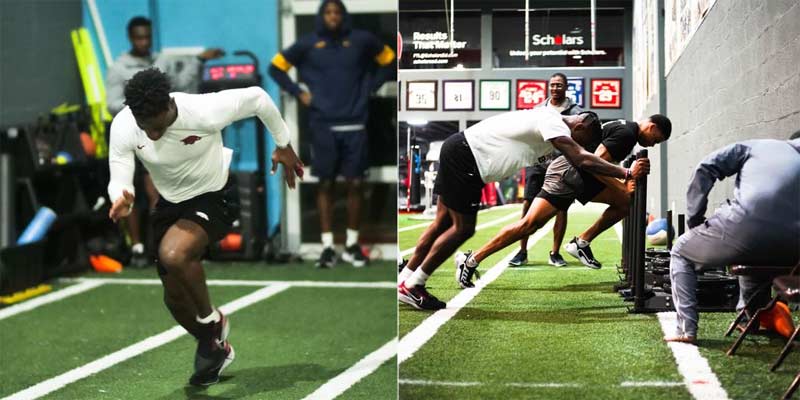
As an athletic performance/development professional who works with student-athletes at the high school level, my personal takeaway was that we have to recognize there may be times that we must make training adjustments based on things the athlete may face, even if it’s outside of our comfort zone.
We have to recognize there may be times that we must make training adjustments based on things the athlete may face, even if it’s outside of our comfort zone, says @MarkHoover71. Share on XA sports coach may demand performance on a conditioning test that we see as pointless or misused. But if the athlete will be judged by it, we need to put aside our bias and do our job by preparing the athlete for it. Most recognize that the best Combine performances are often achieved by players who end up not being good enough at the game to make it in the League. Still, if the gateway to entry is a 40 or a timed 18 100 test, our job is to give the athlete the best possible preparation for it.
2. The level of speed and quickness compared to a high school or college training session is eye-opening.
This sounds like a “thank you, Captain Obvious” statement. And I absolutely 100% expected to see a significant difference in the speed and quickness of potential NFL players compared to high school or even the average college-level player. But the reality of it gave me chills.
When we have an athlete at the high school level run a 4.5 laser-timed 40, it’s a huge moment. We celebrate it, and rightfully so. The number of combine prep guys that ran past me at 4.5 or above (to quote my friend Cody Hughes, who also spent time at XPE this year) “could be counted on one hand.” I’ve never been to a NASCAR event (and I am not a fan), but my friends who go to the races live will say, “The speed and sound the cars make as they pass by give you chills.”
Standing 3 feet or less away from this group of Combine guys as they flew past—you can feel a true 4.2 or 4.3 guy as he passes. The pure force they put out also has a different sound than anything I’m used to. When we sit in the stands or watch these guys on TV, we are watching the top 1% compete against the top 1%. The difference between this level of athlete and what the ordinary high school coach sees on a daily basis is massive.
While the speed and size of these guys were notable, one thing really separated them from the vast majority of athletes I have worked with: not only the sheer force and power they put into the ground as they take their initial steps (linear or lateral steps) but also the force behind their limb movement. No rolling start, long build-up, flailing arms, or less-than-optimal range of motion. These guys PUSHED and ripped through the start, and it shot them by me like they came out of a cannon. Not just once in a while, either. Every single rep, everything they did.
If I could bring any message back to the athletes I work with, that would be the main one. Put force into the ground with the proper angles and mechanics, and let physics do what it does.
If I could bring any message back to the athletes I work with, it would be this: Put force into the ground with the proper angles & mechanics and let physics do what it does, says @MarkHoover71. Share on XComing from a high school coaching perspective, another observation I shared with one of the XPE guys was the difference it would make having just ONE of these types of athletes on your high school team. There’s a lot of talk on social media about what type of impact a coach has on wins and losses at that level. While I am not downplaying the importance of coaching, if the school you coach at produces even one player of this caliber per year, you will be a pretty good coach, regardless. If you play against these types of guys, you better have some to match. Otherwise, you may be the best coach in America and probably still won’t win.
3. Watching the current NFL players train with the Combine guys allows you to see what professionalism is.
XPE has turned out a long list of Hall of Fame and high-level NFL performers. While I was on-site, I was able to see several current and former NFL players either working in the drills or actually leading them. While they are all incredible athletes (obviously), one characteristic stood out more than anything: the level of “professionalism” with which, to a player, they all carried themselves.
From one of the NFL all-time reception leaders to the All-Pro Caliber player all the way to the practice squad member or USFL star I was able to observe, they all had “it.” How would I define “it”? That’s tough to put into words, but my biggest takeaway was that “it” is characterized by intense and obsessive attention to detail during training.
I’m sure plenty of great athletes may not have “it” and are talented enough to still be great. The guys I saw at XPE? It was an across-the-board characteristic. Their focus on being in the moment and task-oriented was incredible to see. When they realized they missed a step or did something they didn’t mean to do–whether a coach or other player called them out or not—they self-corrected and refused to take a bad rep. It was inspiring and made me wonder what a force multiplier that would be if high school coaches could somehow make that a more common occurrence at our level.
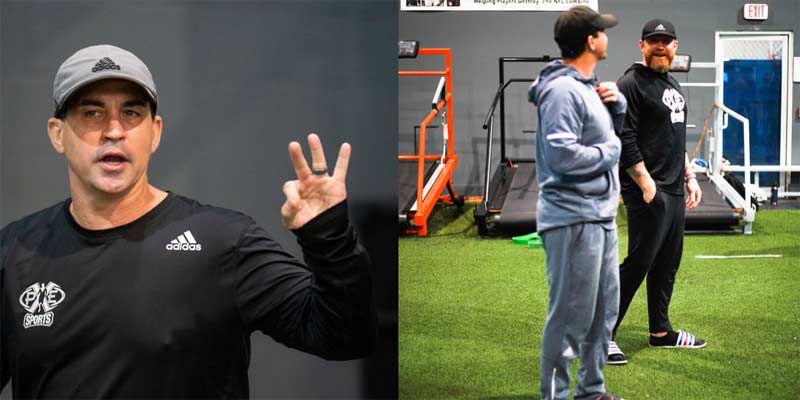
This also helped me look at the Combine and really see who was ahead of the game and already shared some of those characteristics. I noted a few and asked the staff about those particular guys. They ranged from a potential first-round pick to a couple of Pro Day guys who are long shots. The one common characteristic was that the XPE staff regarded each as a guy who would likely exceed their Draft Day potential and probably play well in the NFL.
I saw the power of Anquan Bolden and his effect on the younger athletes as well. When he spoke? They listened and took everything he said seriously. It was awesome to see him pouring his knowledge into these guys.
Yet another force multiplier at our level is allowing more experienced athletes to step in to teach the less experienced ones. This model of giving back should be standard practice at all levels. Share on XIt also reaffirmed the power we have as coaches—we have the ability to stack that type of learning in our programs, whether it’s having a star varsity athlete teaching our youth players or a college/NFL alumnus coming back to do the same with that star varsity player. Yet another force multiplier at our level is allowing the more experienced athletes to step in to teach the less experienced ones. Our voices are heard daily, for years. This model of giving back should be standard practice at all levels.
4. The areas where performance breaks down from a technical standpoint are common across levels.
Believe it or not, this is not much different for most of the Combine or even NFL guys than it is for the high school athletes I work with. The reaction to the coaching tends to be a bit different. The level of self-organization to improve based on experience does too. But the performance breakdowns, such as poor foot placement, improper mechanics, less than optimal movements, etc., seem to be the same across the board.
For example, at one point, a current NFL player and four middle school players were working on eight-vector cuts: 45, 90, 135, and 0. Tony coached up the same initial mistakes from all five. Of course, the speed and power taking place were vastly different, but as an example, the NFL guy and the 13-year-olds were all stepping too far outside their body on the 45-degree cut when the drill began.
The drills the group did to prepare for a laser-timed sprint also sounded a lot like the drills at my school (at least initially). “Put force into the ground” or “force into form” are cues I heard at XPE as well as when I returned to my coaching job later in the week.
Also, while I was there, I was told there was an athlete who could be great, but “They don’t push themselves enough, and it hurts them.” Sound familiar to everyone who’s ever attended a middle school or high school workout? Probably.
One common factor exists with every athlete, from the youngest you work with to the 13-year NFL vet—they are still not a finished product, says @MarkHoover71. Share on XThe bottom line is that one common factor exists with every athlete, from the youngest you work with to the 13-year NFL vet—they are still not a finished product. This is an important point that I brought back to our athletes. If Courtland Sutton is still working hard to be a better player, then there is no excuse for us to believe we have achieved all we can as athletes while in high school.
Another thing that leaped out at me was how many of these high-level players struggled with some of the most basic movement skills compared to others in their group. I’m fairly certain this is because their pure athletic ability was enough at their previous level, so they could get away with neglecting some of the basics. Many of these guys were so athletic that worrying about the small things seemed redundant. It got me thinking about what would be possible with a team of athletes for whom, regardless of talent, basic movement skills were the priority. I think that thought alone could be a powerful tool for any high school coach who would choose to embrace it.
5. Your athletes are not always entirely YOUR athletes.
This is a well-known reality for all high school coaches—we deal with athletes being pulled in all directions. Club coaches, parents, sports coaches, private trainers…the list goes on. I didn’t realize until my visit how much of an issue it was even at this level.
The trainers and coaches preparing athletes for a chance to play at the premier level of their sport still deal with private coaches pulling athletes into their sphere of influence. They also have position coaches (as stated above) who are anxious to get their influence in. Then there are agents and (believe it or not) parents or friends…and they all want to have their input. While I was at XPE, an athlete who had been contacted by a private skill coach during the Combine training decided to do extra sessions outside of the XPE world. That private trainer blasted it on social media, which luckily alerted the XPE crew and the player’s agent, both of whom made sure the athlete knew what a bad idea it was.
Just like we, as high school coaches, are not really able to order the kids not to play club during a varsity season or not to attend a personal trainer, etc., this remains just a strong suggestion even for this level of athlete. In this case, the athlete understood what was at stake, but often our athletes either don’t buy into what we say on the issue or don’t care. That’s just part of the landscape. However, the diplomatic, fact-based discussion that was had showed us a very important lesson: We can’t force athletes to stop doing these things; we just have to do our best to educate and inform about the potential adverse outcomes of working outside the plan.
The Most Important Takeaway
The most important takeaway of spending a few days with elite trainers preparing elite athletes to play an elite professional sport? It was how much I learned from being a fly on the wall that I could bring back to my athletes.
The most important takeaway of spending a few days with elite trainers preparing elite athletes to play an elite professional sport? It was how much I learned that I could bring back to my athletes. Share on XThe things I was able to add to my toolbox that will benefit the players I work with were numerous. It was an eye-opener for me, to say the least. Obviously, there will be a curve as to how I will use the exact methods when working with a younger level. However, the basic principles that XPE uses to help their athletes blow the doors off the Combine every year are the same.
I would encourage you to get to know Tony, Matt, and the rest of the XPE crew. Seeing them work their craft was truly a thing I will never forget. From the warm-up to the guys hitting PRs on the ShredMill and transferring those to insane fly 10 times, it was an amazing experience.
Since you’re here…
…we have a small favor to ask. More people are reading SimpliFaster than ever, and each week we bring you compelling content from coaches, sport scientists, and physiotherapists who are devoted to building better athletes. Please take a moment to share the articles on social media, engage the authors with questions and comments below, and link to articles when appropriate if you have a blog or participate on forums of related topics. — SF

